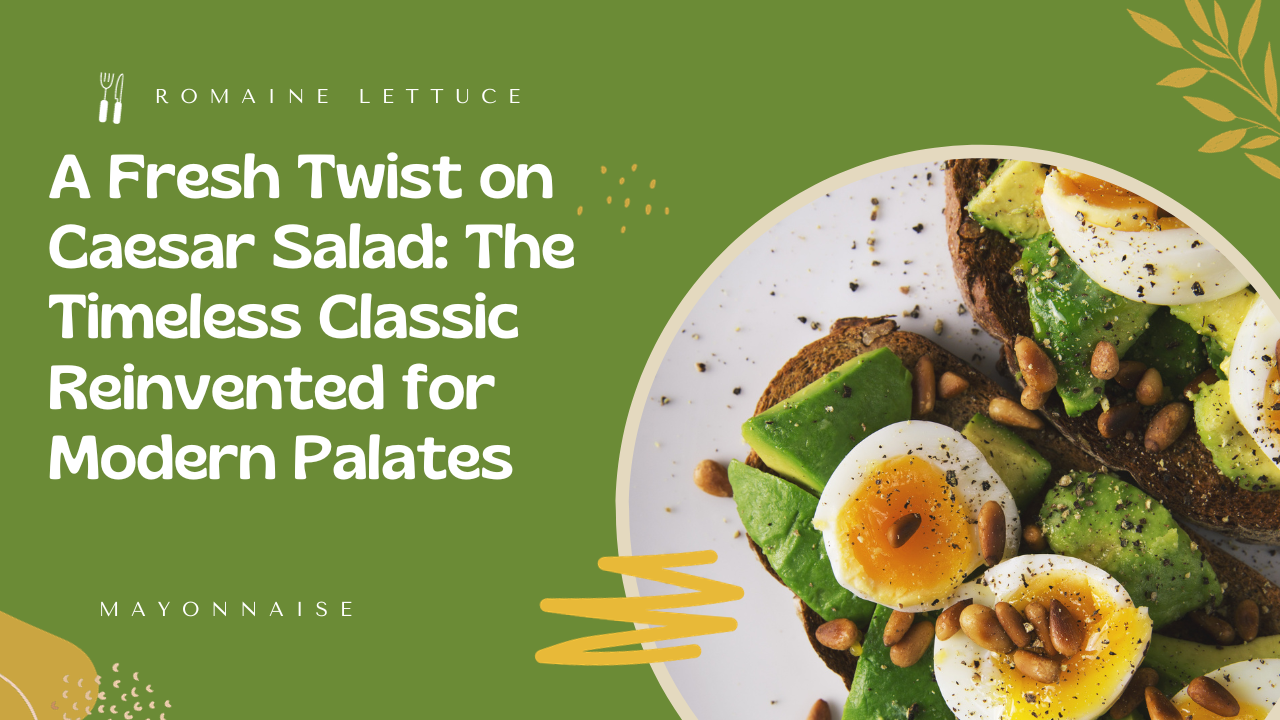U S FOODS
Welcome to our blog’s Movies and Events category, where we embark on a delectable journey through the rich tapestry of American cuisine. In this captivating category, we celebrate the fusion of food and film, exploring how culinary delights and gastronomic experiences take center stage in the world of movies and events.
From iconic dishes to regional specialties, American cuisine is a melting pot of flavors and influences. Our blog delves into the vibrant tapestry of American culinary traditions, showcasing the diversity and creativity that make it truly exceptional. We uncover the stories behind beloved comfort foods, delve into the latest food trends, and celebrate the chefs who bring their artistry to the table.
Step into the world of movies and events with us as we explore the tantalizing connections between food and film. Discover how filmmakers use food to tell stories, evoke emotions, and create unforgettable scenes. From sumptuous feasts to mouthwatering close-ups, we analyze how food is masterfully woven into the cinematic fabric, leaving viewers craving for more.
Join us as we dive into the excitement of food festivals, where local ingredients, fusion cuisine, and artisanal products take center stage. Experience the sizzle and aroma of BBQ and grilling competitions, and learn about the craft beverages that perfectly complement these delicious meals. We also explore the thriving food truck scene, where innovative flavors and culinary creations are served on wheels, revolutionizing the way we dine.
In our blog, we pay homage to sustainable eating and the farm-to-table movement, shedding light on the farmers’ markets and farm markets that connect us to fresh, local ingredients. We discuss the importance of ethical sourcing, seasonal produce, and the farm-to-fork journey that brings us closer to our food.
Indulge in the exploration of ethnic flavors and culinary traditions that have shaped American cuisine. From soul-satisfying comfort foods to health-conscious and plant-based options, we celebrate the breadth of choices that cater to diverse tastes and dietary preferences. Learn about the latest healthy eating trends, discover tips for sustainable dining, and find inspiration to create your own culinary masterpieces.
As we delve into the world of movies and events, we highlight the iconic dishes that have become synonymous with American culture. Whether it’s the classic apple pie, the mouthwatering cheeseburger, or the indulgent New York-style pizza, these culinary delights have made their mark on the big screen and in our hearts.
Along the way, we shine a spotlight on the celebrity chefs who have revolutionized American cuisine, bringing their unique flavors and culinary expertise to the forefront. From their rise to stardom to their culinary philosophies, we delve into their captivating stories and their impact on the culinary world.
Join us as we celebrate the intersection of food, film, and the extraordinary world of movies and events. Let our blog be your guide to indulging in the mouthwatering delights of American cuisine while exploring the captivating narratives that unfold on the big screen.
A Fresh Twist on Caesar Salad: The Timeless Classic Reinvented for Modern Palates
Photo from Pinterest Introduction: welcome to Rajanis Kitchen In the world of salads, one dish has withstood the test of time and continues to tantalize taste buds across the globe – the classic Caesar salad. With its delightful combination of crisp romaine lettuce, savory parmesan cheese, and a tangy dressing, this culinary icon has earned … Read more
Philly Cheesesteak: The Quintessential American Food Experience | how to make Philly Cheesesteak No 1 recipe
Photo From Pinterest Introduction recipe of Philly Cheesesteak When it comes to quintessential American foods, few dishes can rival the mouthwatering allure of the legendary Philly Cheesesteak. This delectable sandwich has captured the hearts and taste buds of people nationwide, representing a true slice of culinary Americana. Originating from the city of brotherly love, Philadelphia, … Read more
The Irresistible Allure of the BBQ Pulled Pork Sandwich: A Mouthwatering American Classic
Photo from Pinterest Introduction of BBQ Pulled Pork Sandwich: The BBQ pulled pork sandwich, a mouthwatering American classic, holds a special place in the hearts of food enthusiasts across the nation. Its tender, smoky, and flavorful appeal is hard to resist. Whether you’re planning a backyard barbecue or just craving a comforting meal, the BBQ … Read more
The Delectable Bacon Cheeseburger: A Classic American Delight with top 30 advantages
Introduction of Bacon Cheeseburger Recipe If there’s one iconic American dish that satisfies the cravings of meat lovers and cheese enthusiasts alike, it’s undoubtedly the mouthwatering Bacon Cheeseburger. This delectable creation is a celebration of flavors, combining the juiciness of a perfectly cooked beef patty, the smoky allure of crispy bacon, and the gooey goodness … Read more
Discovering the Best of New York City with top 10 FAQs
Photo from Pinterest(https://pin.it/BpQNJGV) Introduction of New York City Welcome to the city that never sleeps –so lets go discovering the best of New York City .This bustling metropolis is a melting pot of culture, history, and excitement. Whether you’re a first-time visitor or a seasoned local looking to discover new corners of the city, this … Read more
No 1.Fluffy and Heavenly Buttermilk Pancakes Recipe – Delicious Homemade Breakfast| recipe for Buttermilk Pancakes
Introduction for buttermilk pancakes recipe Photo from Pinterest Are you craving a stack of fluffy for buttermilk pancakes recipe for breakfast? Look no further! In this recipe, we’ll guide you through making delicious homemade buttermilk pancakes that will surely satisfy your taste buds. Whether you have buttermilk on hand or need a substitute, we’ve got … Read more
How to Make Delicious Corned Beef: A Step-by-Step Guide | 10 steps you can make Corned Beef
Welcome to Rajani’s kitchen, where we’ll guide you through the process of making mouthwatering corned beef. This traditional dish holds a special place in many hearts, especially during festive occasions like St. Patrick’s Day. Join us on this culinary journey as we share our family recipe and ignite your passion for homemade corned beef. Ingredients: … Read more






